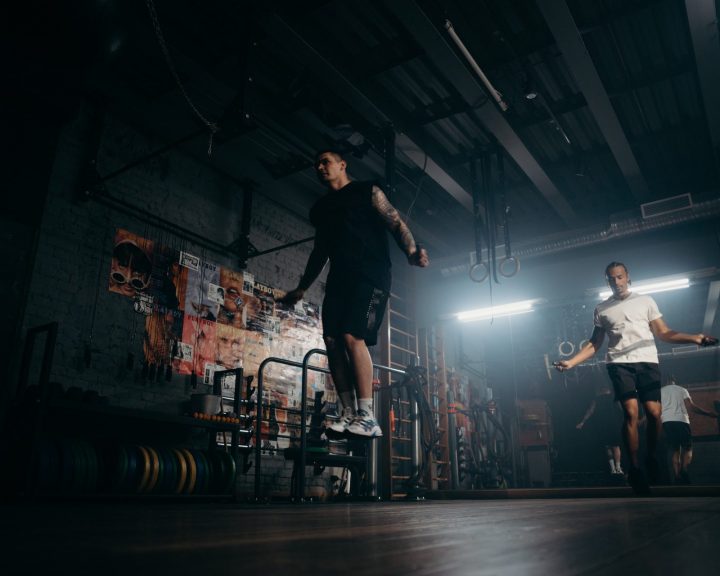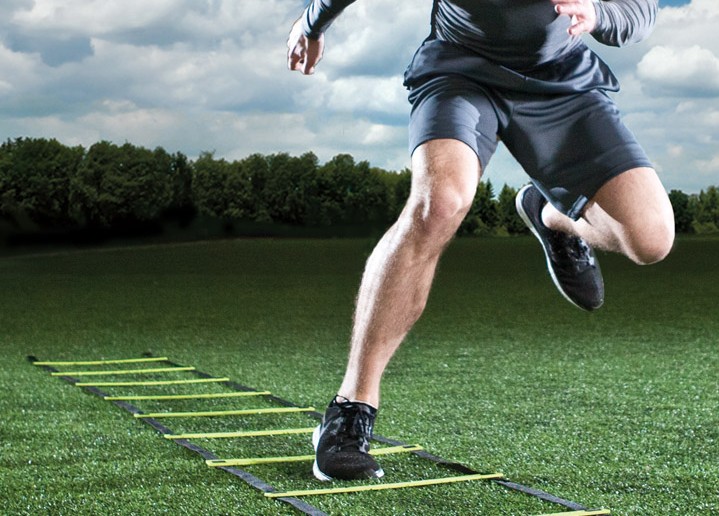Spiering et al. took a look at strength and resistance training, but they were looking it at from a military standpoint. By this I mean looking at what drives the gains from resistance training and then asking how this could be done when soldiers are on deployment (i.e. don’t have access to equipment), how it could be done while rehabbing from injuries, or how it could be done as a result of joint degeneration (aging, arthritis, injury).
The first thing to realize is that this paper is a review. In their review, the authors divide the paper into three sections:
- What stimulates strength gains?
- What mediates strength gains?
- Future directions for maximizing strength gains
What stimulates strength gains?
The first thing that stimulates strength gains, according to the authors, is maximal mental effort. The more mental effort involved, the greater the strength gains. The second thing is caused by the first, maximal neural activation of the muscles to produce force. The third thing is lifting with concentric and eccentric motions. The final is a full range of motion.
What mediates strength gains?
The authors begin by talking about the optimal dose-response of resistance training. By this they mean sets, reps, and intensity. They recommend 2-3 sets of 1-5 reps to increase strength. They point out that there is a need for more research when looking at the effectiveness of more than three sets an exercise. An interesting mediator is to begin each set in a minimally fatigued state. The authors note that the more fatigued the muscles are the less increase in strength there will be. They recommend longer rest intervals (2+ minutes per set). The authors also mention supercompensation and periodization, but it is interesting that this has not really evolved since it was introduced in the 1960s.
Future directions
With future directions, the authors talk about supramaximal training (i.e. eccentric training), using supplemental tools (like blood flow restriction), optimizing/individualizing recovery, and using technology to help with training (like biofeedback).
Finally the authors go back and attempt to apply this information to situations that might apply to the military. For example, if a limb is immobilized due to an injury then mental activity can be performed to help. If adequate equipment isn’t present then low-load high-velocity training can still increase strength. They also point out that adding blood flow restriction to low-load training would also increase strength
Now, how to use this information in a team strength and conditioning setting?
First, the sets and rep recommendations are easy to implement in a team setting. Three sets of 1-5 repetitions is easy to do. Second, the recommendations for 2+ minutes rest can be done, though that is more difficult as there is a finite amount of time to train the athletes. Usually athletes are rotating between exercising, spotting/loading, and maybe performing other exercises. Third, the most important exercises can be prioritized to minimize how fatigued the athlete is – but again, this is a challenge in a large team environment. If there are only ten squat racks but there are 100 athletes lifting at one time, optimal is going out the window.
Where this gets challenging is with incorporating blood flow restriction, optimizing/individualizing things, biofeedback, and other tools. This would also all be difficult for soldiers on deployment or those in larger units. For example, you could individualize a special forces team but not an infantry battalion.
Spiering, B.A., et al. (2023). Maximizing strength: The stimuli and mediators of strength gains and their application to training and rehabilitation. Journal of Strength and Conditioning Research, 37(4), 919-929.



